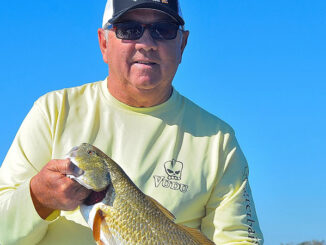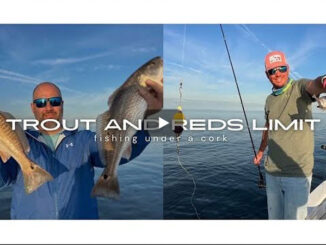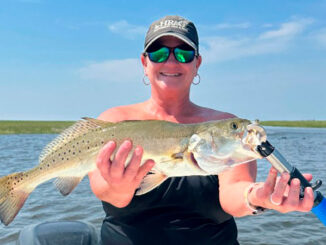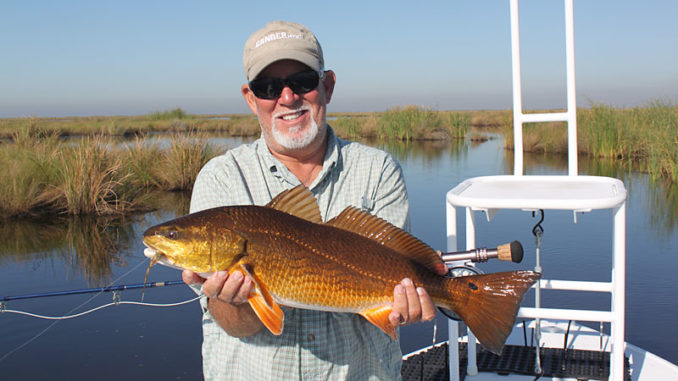
There is something special to being on the water during the spring. The environment is so full of life: the trees are budding out and turning green; birds are chirping; frogs are croaking, and you can hear the mating calls of lonesome alligators. Hopefully, you are able to spend some quality time in the great outdoors and the fish will be biting.
The toughest decisions are where, what and how I want to catch them? The Sabine National Wildlife Refuge opens every year on March 15 and is open until Oct. 15, and my addiction to sight-casting at cruising redfish tends to take precedence these days. Between Lake Calcasieu and Sabine Lake, the refuge is home to 124,511 acres of pristine marsh environment that supports countless species, including a handful that are sought-after among anglers. Redfish are at the top of my list.
The City of Orange public ramp on Simmons from the north and the Deep Bayou launch from the south provide easy access.
Tactics
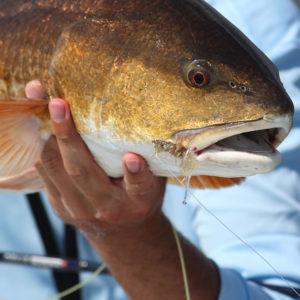
Sight-fishing is literally canvassing water that is clear enough for you to actually spot the fish. When teaching others to spot redfish, I recommend looking for key features rather than the whole fish. Movement is always easiest to spot: a wake, a tailing fish or a flash of color just beneath the surface. I recommend looking for their pectoral fins. Often, they will be extended, allowing the angler to spot the bright white and orange colors. An open mouth is also easy to spot; there is typically a lot of white associated with it. Last, I recommend searching for the fish’s orange glow. Redfish that we catch in the marsh tend to be more colorful and vibrant than redfish we catch anywhere else.
Technique
I prefer sight-casting with a fly; however, these general presentation techniques should work regardless of your lure choice. In gin-clear and shallow water, redfish can be extremely spooky. Present your lure or fly either perpendicular to the direction the fish is facing or quartered to the fish. Avoid presentations that are either directly head-on or from directly behind the fish.
Patience is key here; allow the fish to get positioned or position yourself to make the best presentation. Definitely avoid casting any shadows over them, as this will quickly blow them out of the area. Quietness is also vital to success. Most often, I am quiet in the boat, not slamming hatches, blaring music, etc. When sight-fishing it is also important for your lure to enter the water quietly, without a huge commotion. Dropping ¼- to ½-ounce worth of lead on a redfish’s nose will most likely not receive a warm welcome. It is rather simple to deliver a fly stealthily, but to do that with conventional tackle is more easily accomplished with a weightless swimbait hook. Rigging a weightless Reaction Innovations Skinny Dipper can be absolutely deadly. If you are having trouble spotting fish, blind-casting with a spinnerbait is likely to produce some solid redfish as well as bass.
Caution
If you have never ventured out into the refuge, make sure and read up on the rules and regulations before going. It would also be very wise to familiarize yourself with the map and boundaries. I would encourage going with someone that has been before to assist with getting your bearings. However, if you are a DIY’er like myself, make sure and keep the trail function activated on your GPS so you can find your way back out. Not doing so might end up resulting in a long night with the mosquitoes and alligators.
Capt. Adam Jaynes can be found at justfishsabine.com.
